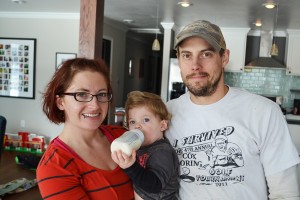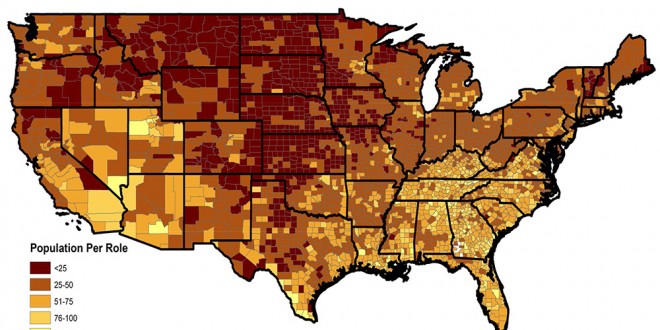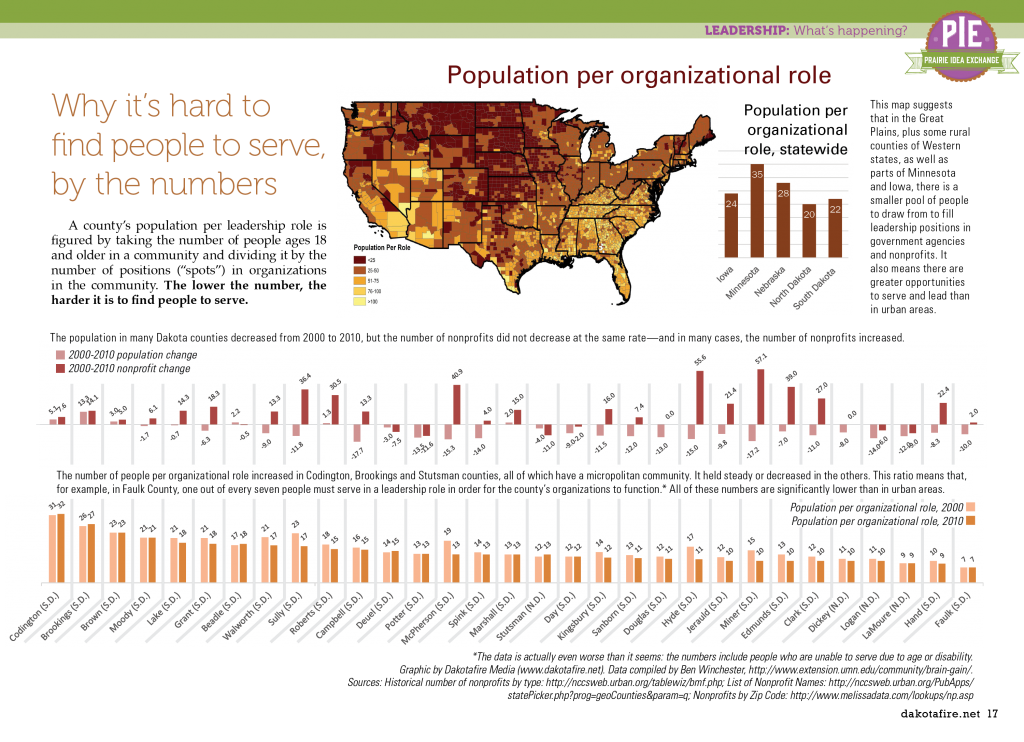By Wendy Royston, with additional reporting by Ken Schmierer
 Want to turn over your position on a board or committee to someone else?
Want to turn over your position on a board or committee to someone else?
Good luck. Finding people willing to serve in leadership positions in the rural Dakotas may be more difficult than it’s ever been. Want to turn over your position on a board or committee to someone else?
We tend to blame this on a declining population, but there’s also another factor at play: At the same time populations are declining, the number of nonprofits is increasing.
At least in part, that’s a good thing, according to Ben Winchester, a research fellow at the Extension Center for Community Vitality at the University of Minnesota.
“Social life is actually flourishing in our small communities. People are actually creating nonprofits. … If our rural communities were truly dying out, we’d probably see a decline in the number of nonprofits across the board, but we don’t,” Winchester said in a recent webinar on rural leadership demands, citing an increase in nonprofits in rural areas by as much as 15 percent from 2000 through 2010. In the same timeframe, those counties’ average populations dipped by an average of 1 percent.
But that’s not much comfort to those trying to maintain the leadership of some of those organizations. Over the past few decades, those in civic leadership roles have known that, before they can step down, they must first find someone else to step up.
“Now you need to find two people to replace you, because there are that many more nonprofits,” said Winchester.
With change comes opportunity
The population in the Dakotas’ most rural counties dropped by nearly 10 percent from 2000 to 2010, but “‘losing people’ does not mean that you’re losing everyone,” Winchester said. “Most of our rural communities are gaining people aged 30 to 39, but we’re losing our kids, and we’re losing our seniors.”
That means that inside the challenge of declining populations there’s also an opportunity—but it will likely require rural communities to make changes.
“The people who are moving to these small towns are creating new nonprofits, because nonprofits reflect the social interest at any given time,” he said. “Even in our most rural counties in South Dakota, where you lost 7 to 8 percent of your population, the nonprofits still went up (more than 6 percent).”
Between 2000 and 2010, when the total populations of North and South Dakota grew just 4.7 and 7.9 percent, respectively—but dipped in rural areas—the number of registered nonprofits increased from 5,737 to 6,095 (6 percent) in North Dakota and from 6,078 to 7,095 (16 percent) in South Dakota. Each nonprofit must have a minimum of a three-member board of directors, according to Internal Revenue Service guidelines, so that means at least 4,125 new leadership positions were created.
The need for governmental representatives, too, is increasing—North Dakota’s jumped from 2,395 in 1997 to 2,685 in 2012 (12 percent), while South Dakota’s increased from 1,501 in 1997 to 1,983 in 2012 (32 percent).
Those numbers, according to Winchester, account for the obvious city, county and township jurisdictions, as well as the less-obvious water and sewer and soil conservation districts. The numbers do not include committees within those organizations.
“The numbers that I provide are very conservative, but it’s a really telling story,” he said. “There are a lot of informal groups, too, that are not included in this, so there’s a huge asterisk here, but the asterisk isn’t that the data is bad—it’s even bigger.”
According to Winchester’s data, in the Dakotas, at least one out of every 22 people—about 4.5 percent of the population—has to not only be involved in some sort of government or nonprofit organization, but has to serve in a leadership role, in order to keep all of the Dakotas’ organizations afloat.
But that’s for the states as a whole.
In Faulk County (S.D.), one out of every seven people—or 14 percent or three people per city block—has to serve in a leadership role.
And because that statistic is not adjusted to exclude the youngest and oldest members of a community (those not yet or no longer able to serve), an even higher percentage of “able-bodied” people must volunteer to keep social interests rolling.
Dakotans have always banded together socially

Jami Eberle (holding their son, David) and Justin Meidinger of Ellendale, N.D., are active in their community in different ways than older generations may have chosen to be involved. Photo by Ken Schmierer
Dakotans have historically been “social beings,” according to Winchester.
“When we first were populating the Great Plains, you had to work together,” he said. “Rugged individualism might get you here, but community kept you here. … We’ve got this experience of working together, and I think that that—in a lot of ways—is how we’ve been able to weather the storm of the recession so much better.”
According to information gathered by Winchester, communities with higher numbers of nonprofit organizations per capita have lower unemployment rates and lost fewer jobs in the most recent recession.
“I think we have been able to survive much better because we have learned how to work together to solve our problems,” said Winchester.
The way people work together and become involved, however, has changed significantly.
“Historically, people would be involved in place-based groups with a wide focus, whereas today people are involved in much more interest-based groups with a narrow focus,” Winchester said.
For example: “Place-based groups,” such as the Gary (S.D.) Area Betterment Committee, focus on activities beneficial to the interests of the community at large, while “interest-based groups,” such as the West Central Minnesota Snowmobilers Association, focus on a common hobby or belief of the members of the group.
It may be that people struggling to find new recruits to serve in place-based organizations think younger people aren’t getting involved without realizing that many of them are already active—just in different groups.
In Ellendale, N.D., for example, Jami Eberle, 36, and Justin Meidinger, 38, are serving their community in part by supporting the arts opportunities it has to offer. They both serve on the Ellendale Area Arts Council board; Meidinger is also on the OPERA Inc. board, and Eberle is on the Ellendale Tourism board.
“I want to take part in the cultural outlets that determine what comes to town and bring things to a small community that may not normally come to a small town,” Meidinger said.
Eberle agreed, saying she wants to “expand her horizons and interests right here at home,” adding that she hopes a children’s weekend art program helps cultivate future artists, as well as community leaders.
 Dakotafire Get your spark here.
Dakotafire Get your spark here.




